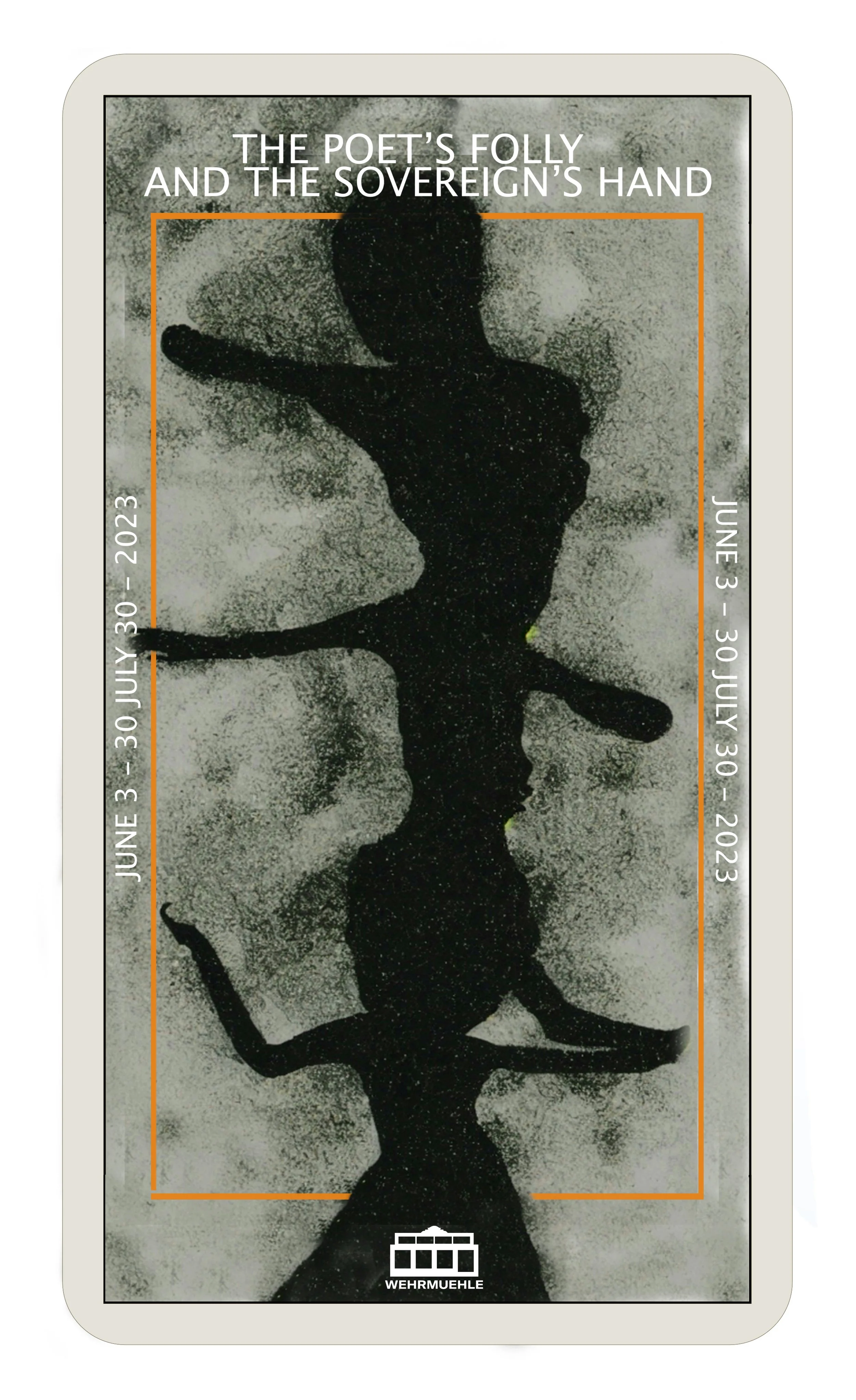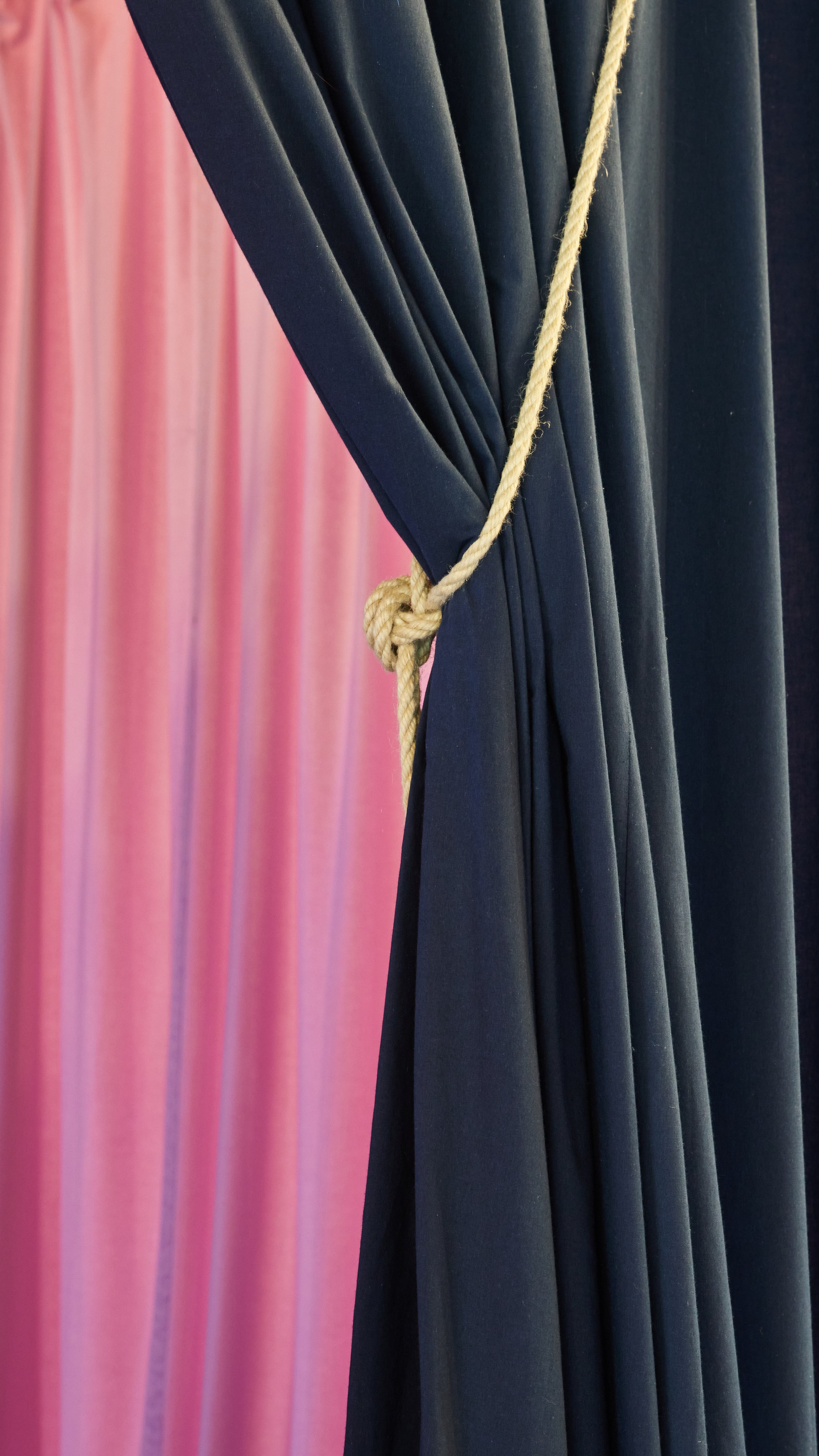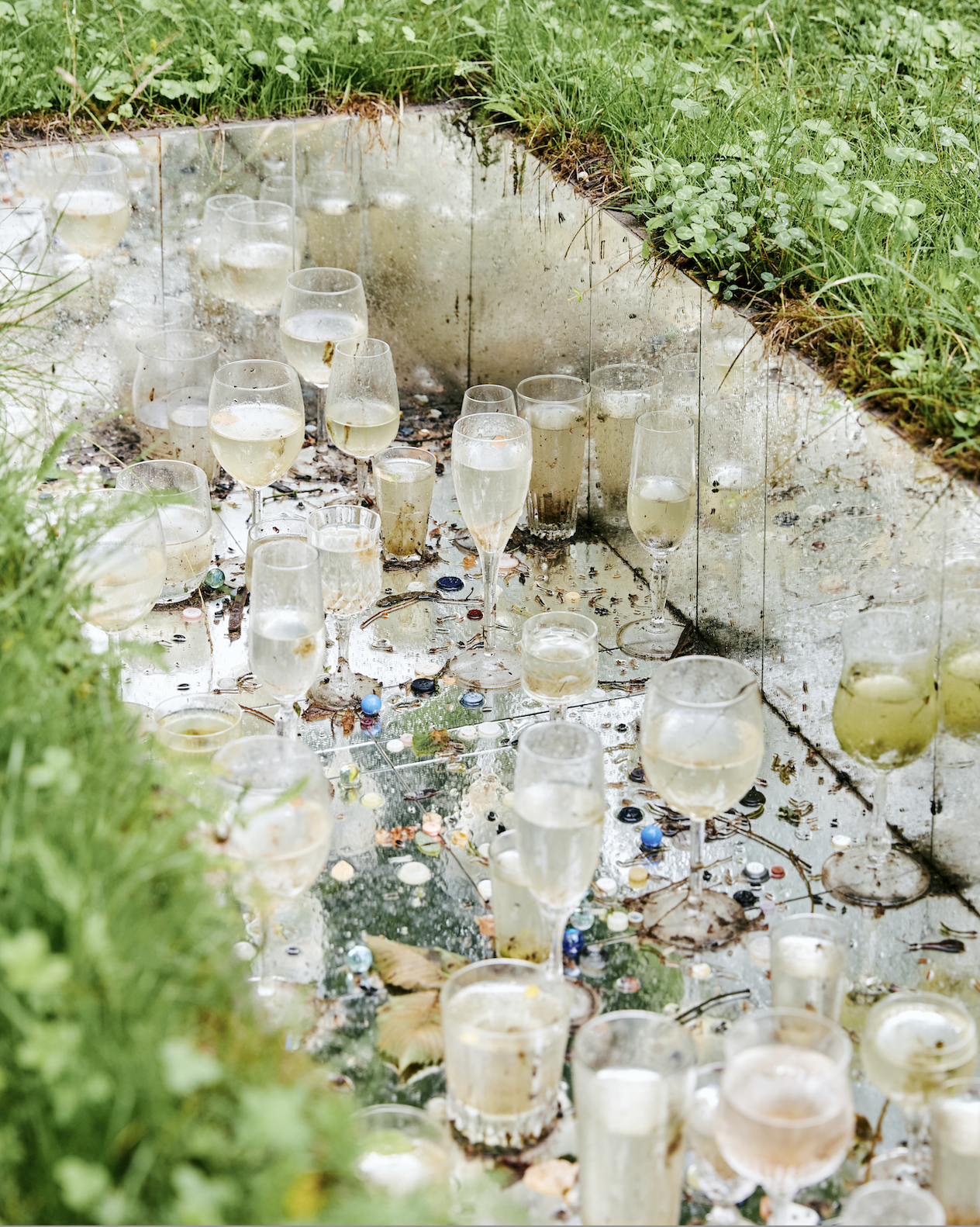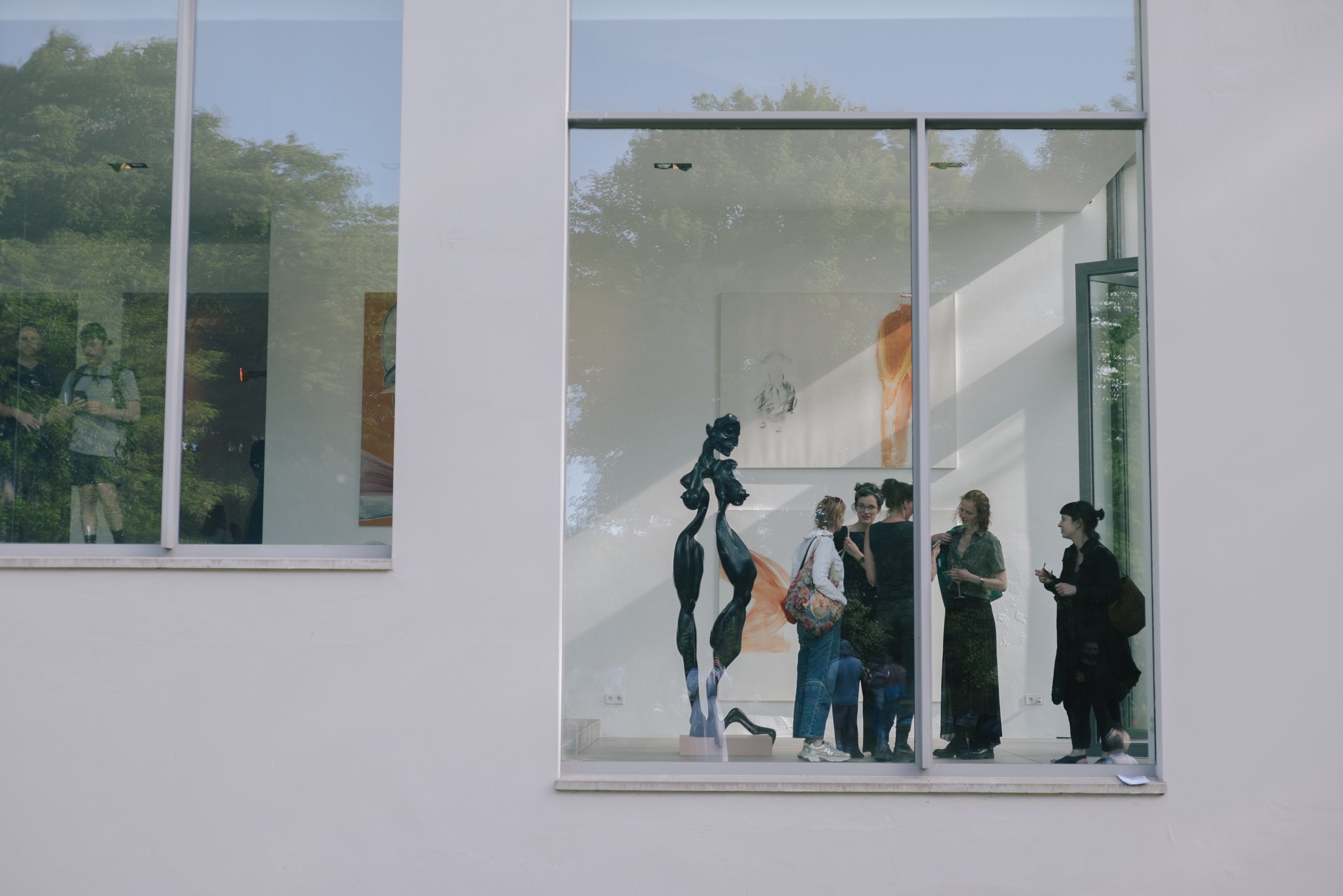The Poet’s Folly and the Sovereign’s Hand
Curated by Alexia Timmermans
Exhibition: June 3 - July 30, 2023
Artists: Agnès Varda, Alicja Biala, Anastasia Bay, Anna Kott, Annette Frick, Anri Sala, Antoine Waterkeyn, Cathrin Hoffmann, Emmanuel Bornstein, Etti Abergel, Hannah Hallermann, Heike Gallmeier, Jonas Brinker, Kaspar Müller, Laure Prouvost, Lukas Stoever, Marcelo Viquez, Marianne Berenhaut, Mirosław Bałka, Nora Aurrekoetxea, Oussama Tabti, Pauline Curnier Jardin, Paulo Wirz, Pawel Althamer, Rafaella Braga, Sandra Vásquez de la Horra, Sarina Panahideh, Sebastian Lettner, Tong Kunniao, Ulla von Brandenburg, Ulrike Theusner, Verena Issel, Yudith Levin, Zoë Paul, Zora Mann.
Folly has long fascinated as a subject. The fool has evolved as a metaphor conveying the dichotomy between insanity and common sense. While the fool may lack reason, it possesses hidden or prophetic wisdom that is unattainable to the sane. Its most prominent representation, perhaps, is that of a ship with a dysfunctional crew aimlessly crossing the ocean. The allegory of the ship of fools can be traced back to Plato's Republic, and by the sixteenth century, penetrated Western literature and visual arts, with notable works including Sebastian Brant's Das Narrenschiff (Ship of Fools), Hieronymus Bosch's The Cure of Folly, Desiderius Erasmus' In Praise of Folly, and more recently, Michel Foucault's Madness and Civilization, which has revived critical attention to this enduring theme.
The term ‘folly’ originates from the French word ‘folie’, which can refer to ‘madness’, ‘lack of good sense’, or ‘false belief’, but can also connote ‘delight’. Over time and across cultures, the meaning of folly has evolved, with interpretations often lying in the eye of the beholder. In theatre and architecture, follies are typically characterised by formal eccentricities and excesses, aiming at activating the viewer’s perspective. In visual arts, however, folly can convey expressions of imagination or self-definition, while also serving as an agent of truth that holds up a mirror to contemporary issues, including the very notion itself.
The exhibition The Poet’s Folly and the Sovereign’s Hand presents the work of 35 international artists who explore the multifaceted nature of folly, through mediums such as paint, sculpture, film, fabric, photography, etching, performance and sound. Offering a critical reflection on the sovereign world of control and rationalism through the realm of human follies, the works on view address various topics which range from cultural clichés and archetypes, to established norms and beliefs, as well as rituals and myths of identity. Overall, whether redefining the canonical idea of sanity, morality, or power, the works act as paraphrases of a continuous tension that exists between perception and pervasion, personal and historical narratives, cultural restoration and re-imagination. Through the prism of folly, the exhibition presents a view of the world that is at once disturbing and darkly comical, speculative and self-reflective, playful and psychologically charged.
Follow us
Contact
Wehrmühlenweg 8
16359 Biesenthal (near Berlin)
mail@wehrmuehle.de
+49 175 5038587
How to get to
Wehrmühle Biesenthal
Car
A 45 min. drive from Alexanderplatz via the L200 or the A11
Train
Berlin main station, Berlin Lichtenberg, Bernau or Eberswalde with the regional lines RB24 or RE3
Bus
Departing from Bernau HbF (S2) - 896 PlusBus, 907(Mon-Fri), 909(Mon-Fri)





